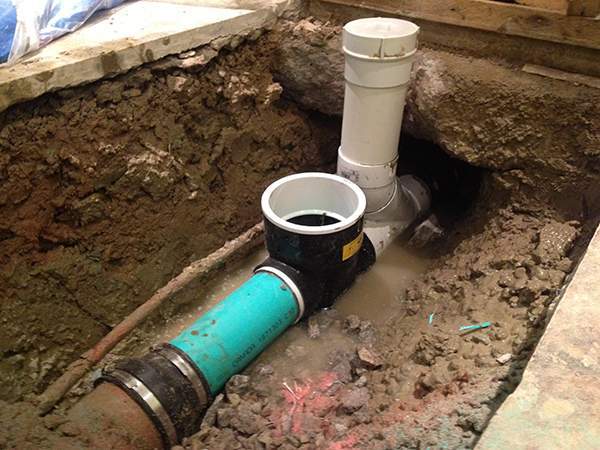How to Prevent Sewer Backflow Valve Problems? – A backflow valve is required by city regulation on all new and recently repaired sewage systems. However, you may have a backflow valve installed in your line right now. It’s the most effective way to prevent sewage blockages. Backflow valves prevent sewage from backing up into your house. To keep it operating, clean it on a regular basis. When water enters from the wrong direction, the valve closes. In the event of a clog, the backflow valve prevents sewage from backing up into your home.
There is no need to look elsewhere for information about sewer backflow valves because Linquip’s website has all the information you need about them. Our team of experts at Linquip is always ready to help you when it comes to solving any problem you may have with your backflow valves. This article on Linquip’s website, “What is Industrial Valves? Working Principles & Applications,” will provide you with a basic understanding of the working principles as well as the applications of these industrial valves. At Linquip, we offer an extensive selection of Valve Products that will help you find the valve that is right for your application.
Have you ever dealt with sewer backflow valves before? If so, what was your experience? Were there any issues? The sewer backflow valves you use need to be maintained or repaired from time to time. Have you been instructed on any particular maintenance or repairs? Are you looking for a simple guide that you can follow if you’d like to service or repair a backflow valve? Are you trying to find a manual that will help you to solve the backflow valve issue? On Linquip’s online platform, you can browse Valve Service Providers free of charge. The Linquip platform offers a feature that enables you to start looking for the best prices for backflow valves right away by sending a request to Valve Suppliers and Companies, all without any cost to you.
What Is Sewage Backflow?
Water travels only in one direction via each pipe when your plumbing system is working properly. This is an important aspect of your plumbing system’s design that ensures the sanitation of your house and the water you consume. All of your wastewater leaves your property through drains and eventually the sewer line, and the water you get from your taps comes from your water main.
Consider this: you wouldn’t want the water from your faucets to pass through the same plumbing lines as the filthy wastewater you just flushed down the toilet.
You presumably have a pretty decent idea of what “backflow” implies now that we’ve cleared up how water is intended to pass through pipes (in one way). When water travels backward through your plumbing system, it is known as backflow. Backflow from a variety of filthy sources, including toilets, washing machines, dishwashers, outdoor pools, sprinkler systems, and gutters, is known as sewage backflow. The end product is unappealing.
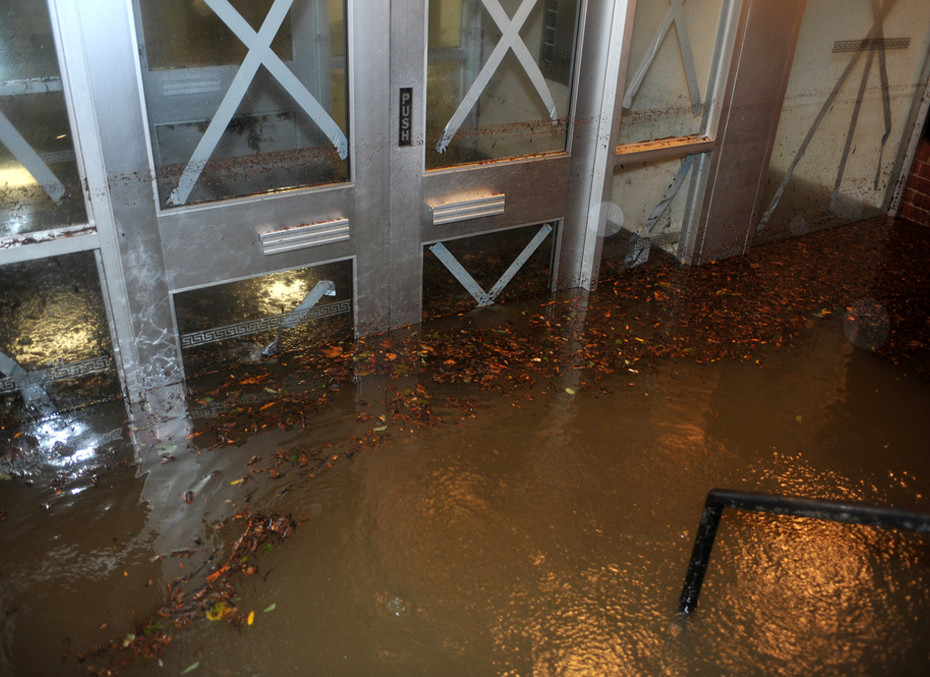
What Causes Sewage Backflow?
What causes the backflow phenomenon? Backflow happens when there is a rapid reduction in water pressure, generally in your potable (clean) water line, as opposed to a backup, which can be caused by obstructions. Due to backpressure, a reduction in pressure in one section of the system causes the water in other surrounding areas of the system to start flowing backward.
Significance Of A Backflow Problem In Your Home
A backflow problem in your house can take many forms. Other indicators are difficult to overlook. If you detect any of the following signs, you should contact a plumber right away:
- High water pressure issues
- Water that tastes strange or terrible
- Water from faucets is dirty or discolored.
- Drains that clog slowly or regularly
- At the same time, there are several blockages.
- Drains emit sewage or other unpleasant scents.
Problems Caused By Sewage Backflow
A residence with a sewage backflow problem should be concerned about two things: health risks and property damage.
Backflows of sewage can pollute your water with a variety of viruses, germs, and hazardous compounds. These pollutants have the potential to make your family severely sick. E. Coli, Hepatitis, and Leptospirosis are just a few of the bacteria typically found in sewage that can affect humans in the following ways:
- Diarrhea
- Muscle Pain
- Cramping in the stomach
- Vomiting
- Infections of the liver and occasionally liver failure
- Death, albeit uncommon,
If your home is flooded by sewage backflow, not only will you have to deal with water damage, but you’ll also have to deal with polluted belongings. Whatever cannot be deep-cleaned must be thrown off and replaced when the contaminated water is drained away. Following a sewage backflow problem, some homeowners are forced to replace the whole walls and flooring.
Furthermore, if the water is not cleaned up quickly enough, mold can form in as little as 24 hours. Mold spores cause allergies, asthma, and other chronic respiratory disorders by lowering indoor air quality.
In Pipes, How To Prevent Sewage Backflow
Many business and residential buildings have a backflow prevention system attached to their plumbing system to prevent sewage backflow. If a significant shift in water pressure causes back pressure, this device generally consists of many check valves that prevent water from flowing backward. This gadget should be examined on a regular basis (typically once a year) to verify it is still functional.
Suppose your house does not already have a backflow prevention device. In that case, you should have one installed and have it checked annually by a plumber to ensure that it is working correctly.
How Does A Backwater Valve Protect Your Home From Sewer Backups?
One of the last things you want to happen to your house is a sewer backlog. Just thinking about it makes me sick.
However, sewage blockages do occur…
And, to tell you the truth, they’re becoming more common in our neck of the woods.
Fortunately, a backwater valve, which is specifically intended for this purpose, may considerably lessen the likelihood of a sanitary sewer backup in your house.
Many towns and insurance companies may reimburse you hundreds or thousands of dollars to help with the cost of installing a backwater valve since they are so successful at avoiding sewage backup.
Don’t wait until it’s too late to prevent a sewer backup in your house! We’ll show you how to lower your risk in one of the most effective and the cheapest methods possible.
What Is a Backwater Valve?
Backwater valves, also known as check valves or backflow prevention valves, are designed to prevent sewage from backing up into your basement. It’s a one-way valve that permits wastewater to flow from your house into the sewage system but not back.
When sewage flows back up the pipe toward the home, the valve closes automatically. It will only reopen after the water level has returned to normal. This basic mechanism operates without electricity and requires no maintenance, so it will safeguard you even if there is a power outage or if you are away from home.
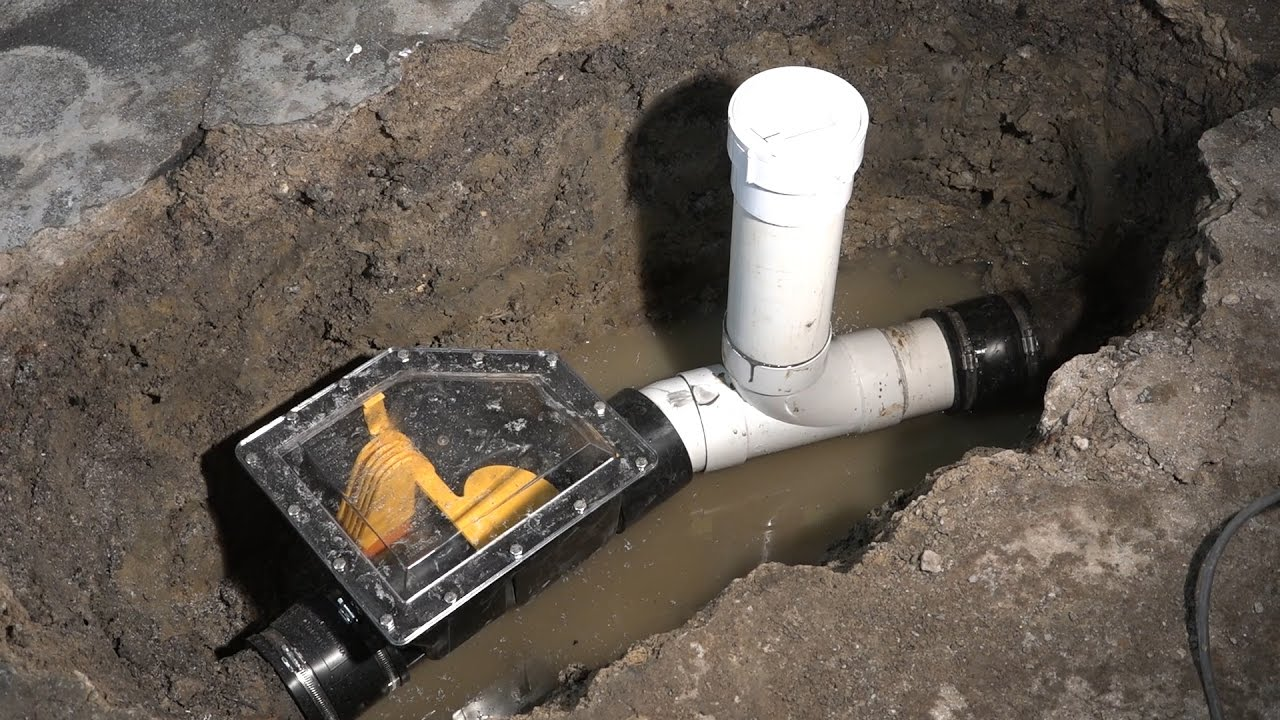
How Does a Backwater Valve Work?
Water and sewage can escape your house through the sewer system. A backwater valve prevents water or sewage from entering your property if the main sewer system gets overburdened. In most cases, you may inspect the backwater valve access box via the glass cover to verify if it’s working properly.
The valve’s little flap is usually open, allowing water to exit your property. It also allows any sewage fumes to be vented. A little floating gadget is on each side of the flap. When water or sewage flows back into the house, these floaters cause the flap to rise and close, preventing anything from entering your home.
Gravity will allow the flap to open again when the water stops flowing back towards the home, allowing water and sewage to flow out once more.
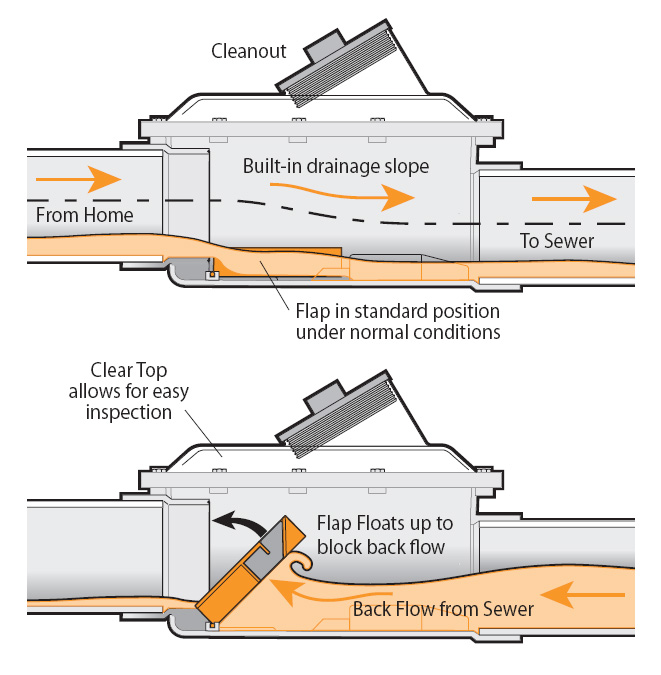
If the backwater valve is being installed in an existing home rather than during construction, your town will require a plumbing permit. Cut a hole in the concrete floor near the floor drain using a professional and competent plumber. They’ll dig down to the main sewage line, remove a part, and replace it with the new valve. The tops of these valves are normally transparent, allowing you to inspect them for proper operation. For cleaning purposes, the lid may be removed.
Sewage may enter the basement through a floor drain, sinks, tubs, and toilets if a backwater valve is not properly adjusted and fitted.
- Check with your local government to determine whether any special permits are required, as well as what equipment they recommend.
- Make sure your downspouts and drains are not connected to the sanitary sewer or weeping tiles. If you disconnect the foundation drain, you’ll almost likely need to add a sump pit and pump. Consult a plumber, and your local government body for information on how to disconnect downspouts and foundation drains properly.
- A licensed plumber should be hired. They may install the backwater valve and obtain the necessary building permits. Some localities keep listings of plumbers who have been pre-approved.
- Ensure that after being disconnected from the sewage system, eavestroughs run away from your home and not directly into your neighbor’s property.
What Should You Do When Something Goes Wrong?
If your backwater valve is correctly positioned and fitted, you should have few difficulties as long as you maintain it properly. Things can become lodged in the valve, preventing it from closing, or sharp objects can harm the valve. Regular maintenance can notice these problems before they become problematic. Backwater valves are normally easy to find, and with a glass top, you can see if the water is flowing smoothly or if anything is caught. There are a number of instructional videos available to help you “do it yourself,” or you can hire a professional if inserting your hand into a sewage pipe doesn’t appeal to you. If you try to clear a block on your own, make sure you follow all of the directions properly, including the advice about wearing gloves.
Your backwater valve will close if everything is clear and the city sewage backs up during a large downpour, which is precisely what you want to happen. When the valve is shut, however, water cannot flow out of your home. Although your plumbing system has some storage room to cope with this, you may not want to shower and use your washing machine or dishwasher at the same time during a heavy rainstorm or a period of melting snow. Because no water will be able to leave after the backwater valve is shut, you may end up flooding your own home.
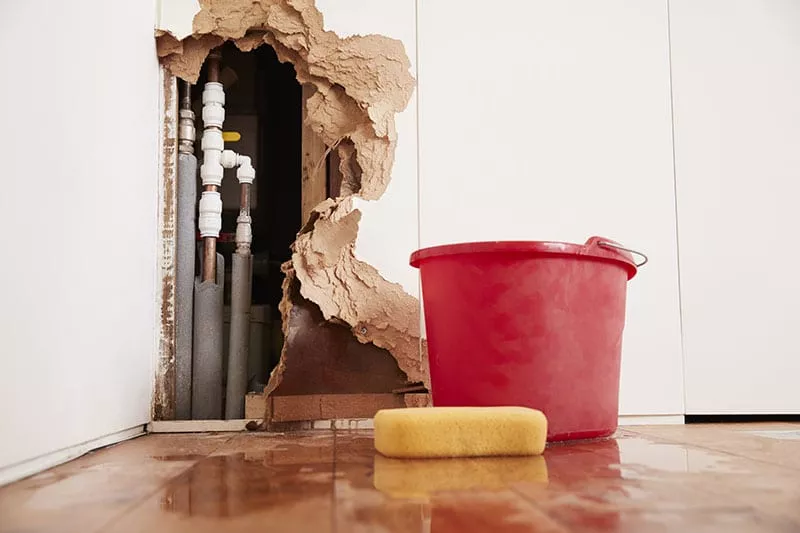
Conclusion
In this post, we have described the basics of sewer backflow valve problems along with the application of backwater valves. At Linquip, you can find numerous Valve Companies, along with various Service Providers and Distributors.
FAQs about Sewer Backflow Valve
1. What Is The Best Way Of Preventing Backflow?
Air Gap One of the most effective techniques to avoid backflow and backsiphonage is to use air gaps. Vertical separation between a water outflow and the maximum level of a potential fluid contamination source is defined as an air gap. However, due to air spaces, the flow of water is disrupted, and pressure is lost.
2. Why Would Backflow Be A Problem?
Backflow is an issue since it can cause water damage to your property, and overflow, in general, is a major mess. It can also cause corrosion in your pipes, as well as leaks and breaches and other system issues. But the most serious problem isn’t destruction; it’s health.
3. Does A Pressure Reducing Valve Prevent Backflow?
First and foremost, they are not a check valve. They control inflow by dynamically altering the valve opening such that when there is less pressure on the outside, the valve completely opens, and when there is too much pressure on the outside, the valve closes.
4. What Causes Backflow In Plumbing?
Backflow is induced by cross-connections that have the potential to bring contaminants into the drinking water system. Back siphonage happens when the pressure in a tank or water trough is lower than the pressure in the water system. Drawing polluted water into the system might allow it to enter.
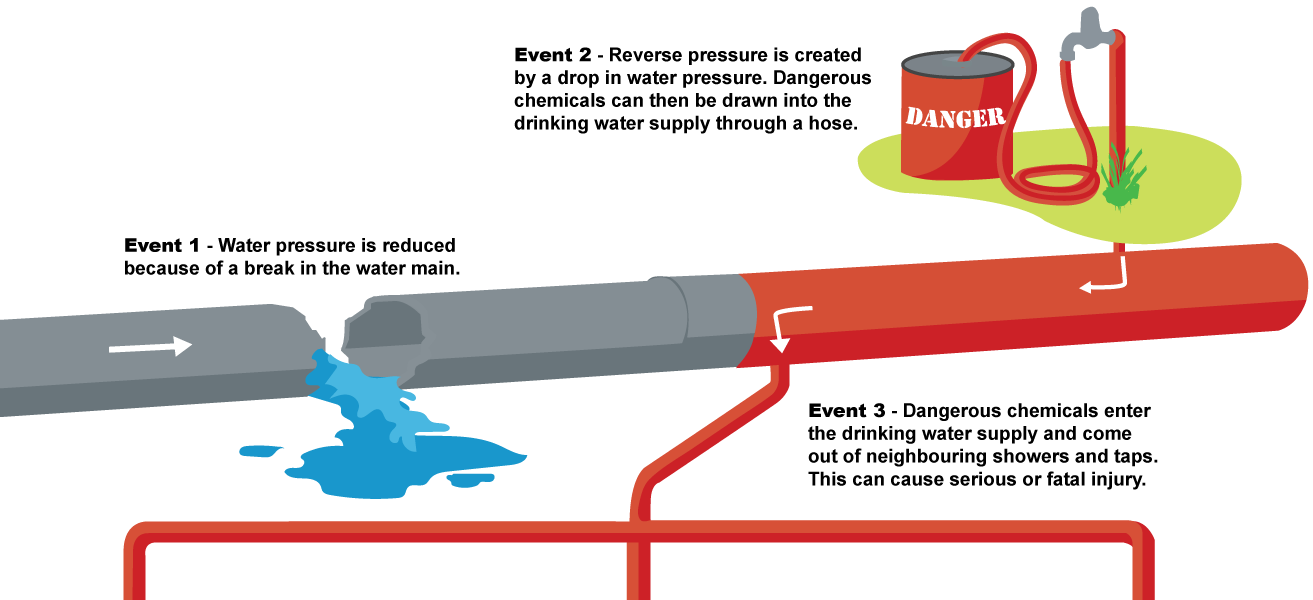
5. What Happens If There Is A Back Flow?
Backflow is a phrase used in plumbing to describe when water flows in the incorrect direction. It implies that instead of flushing down your drain and into your pipes, water rushes back up and out of your fixture.
Download How to Prevent Sewer Backflow Valve Problems? PDF
The following links will allow you to download PDF versions of the articles and you can refer to them at your convenience.
Buy Equipment or Ask for a Service
By using Linquip RFQ Service, you can expect to receive quotations from various suppliers across multiple industries and regions.
Click Here to Request a Quotation From Suppliers and Service Providers
Read More on Linquip
- Backflow Preventer vs Check Valve: What’s the Difference?
- Backflow Valve Installation, Costs and Maintenance in 2022
- How to Repair a Gate Valve? (Clear Guide)
- How to Install a Thermostatic Mixing Valve? (Costs and Maintenance in 2022)
- How to Install a Water Pressure Reducing Valve? (Costs and Maintenance in 2022)
- How to Install a Saddle Valve? (Costs and Maintenance in 2022)
- How to Install Check Valves? (Costs and Maintenance in 2022)
- What is Solenoid Valve and How Does It Work? 2022 Guideline
- Gate Valve vs Ball Valve – How They Work?
- How Valves Work in an Engine?

